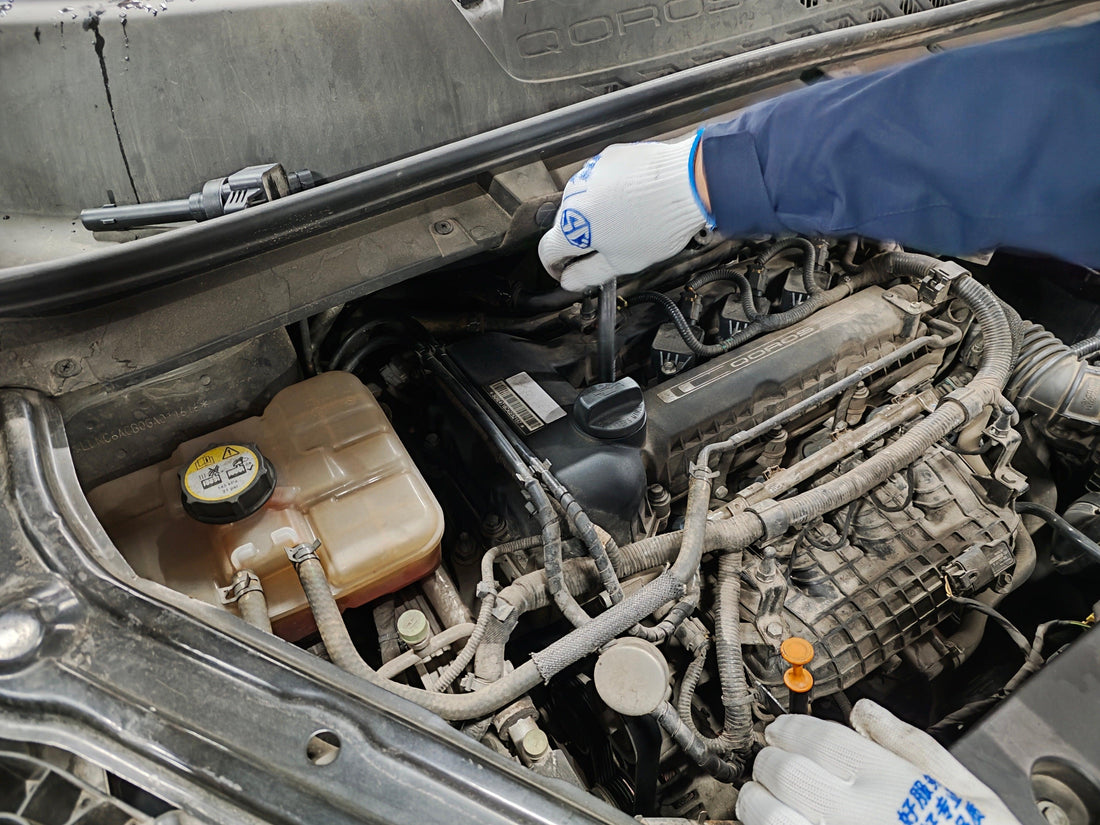How to Replace Spark Plugs: Step-by-Step Guide for Beginners

If your engine is misfiring, idling rough, or struggling with fuel economy, it might be time to replace your spark plugs. In this guide, we’ll walk you through how to change spark plugs at home, even if you have minimal mechanical experience. Replacing spark plugs is one of the easiest ways to boost engine performance and extend the life of your vehicle.
🔧 Why You Should Replace Spark Plugs
Search Keywords: “Signs of bad spark plugs”, “What happens if you don’t change spark plugs”
Spark plugs ignite the fuel-air mixture in your engine cylinders. Over time, they wear out due to heat, carbon buildup, and electrical wear. Symptoms of bad spark plugs include:
-
Rough engine idle
-
Trouble starting the car
-
Decreased fuel economy
-
Engine misfires
-
Sluggish acceleration
Most manufacturers recommend replacing spark plugs every 30,000 to 100,000 miles, depending on the type.
🧰 Tools and Materials You’ll Need
Search Keywords: “Tools needed to change spark plugs”, “Spark plug socket size”
-
Ratchet and socket set
-
Spark plug socket (usually 5/8" or 13/16")
-
Spark plug gap gauge
-
Torque wrench
-
Dielectric grease (optional)
- New spark plugs (OEM recommended or performance alternatives)
🚗 Step-by-Step: How to Replace Spark Plugs
Search Keywords: “How to replace spark plugs step by step”, “DIY spark plug replacement”
Step 1: Let the Engine Cool Down
Never work on a hot engine. Let it cool for at least 30 minutes to prevent burns and damage to components.
Step 2: Locate the Spark Plugs
In most cars, spark plugs are found under individual ignition coils or spark plug wires. Check your owner's manual or search “spark plug location [your car make and model]”.
Step 3: Remove the Ignition Coil or Spark Plug Wire
Carefully disconnect the coil or pull the wire boot straight off. Avoid twisting or pulling on the wire itself.
Step 4: Remove the Old Spark Plug
Use a spark plug socket with an extension and ratchet. Turn counterclockwise to loosen and remove. Inspect the plug for wear or fouling.
Step 5: Gap the New Plug (if needed)
Some plugs come pre-gapped. Still, it's wise to check using a spark plug gap tool. Refer to your vehicle specs for the correct gap.
Step 6: Install the New Spark Plug
Thread it in by hand to avoid cross-threading, then tighten with a torque wrench to the recommended spec (usually 18–25 lb-ft).
Step 7: Reinstall Coil or Wire
Apply a small dab of dielectric grease to the inside of the boot for better contact and moisture protection. Reconnect securely.
Step 8: Repeat for All Cylinders
Follow the same steps for each plug. Once done, start the engine and listen for smooth operation.
💡 Bonus Tips
Search Keywords: “Best spark plugs for [car model]”, “OEM vs aftermarket spark plugs”
-
Use anti-seize compound only if the plug manufacturer recommends it (many modern plugs don’t require it).
-
Always torque to spec—over-tightening can crack plugs or damage threads.
-
Consider replacing spark plug wires or coils if they’re old or worn.
🔍 Related Questions
Q: Can I change spark plugs myself?
Yes! If you can use a wrench and follow basic instructions, this is a perfect DIY project.
Q: How much does it cost to replace spark plugs?
At a shop, expect to pay $100–$300 depending on labor and your vehicle. DIY costs $20–$60 on average for parts.
Q: How long does it take to change spark plugs?
Usually 30–60 minutes for most cars. Some V6/V8 engines may take longer due to limited access.
🔚 Final Thoughts
Learning how to replace spark plugs at home can save you money, improve fuel efficiency, and keep your engine running strong. Whether you're driving a Toyota Camry, Ford F-150, or Honda Accord, a fresh set of spark plugs can make a noticeable difference.
If you found this guide helpful, don’t forget to share it or leave a comment below!
